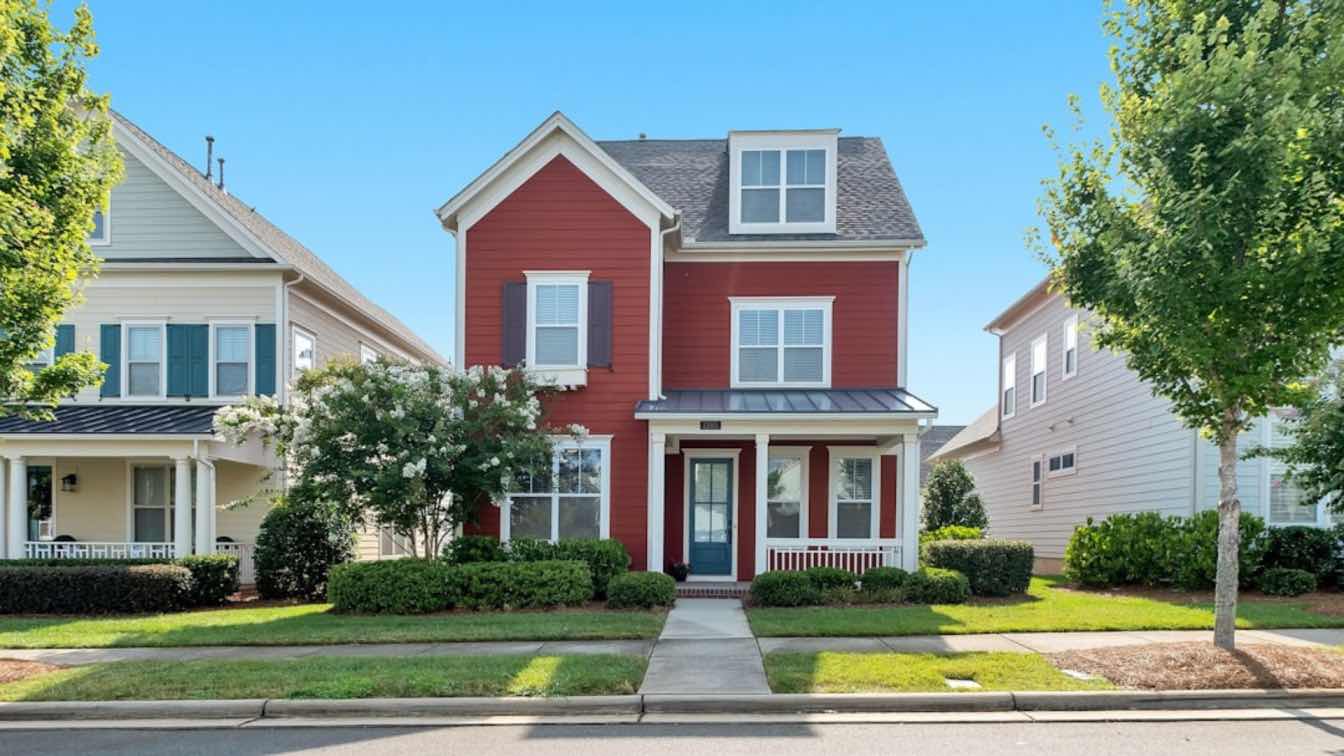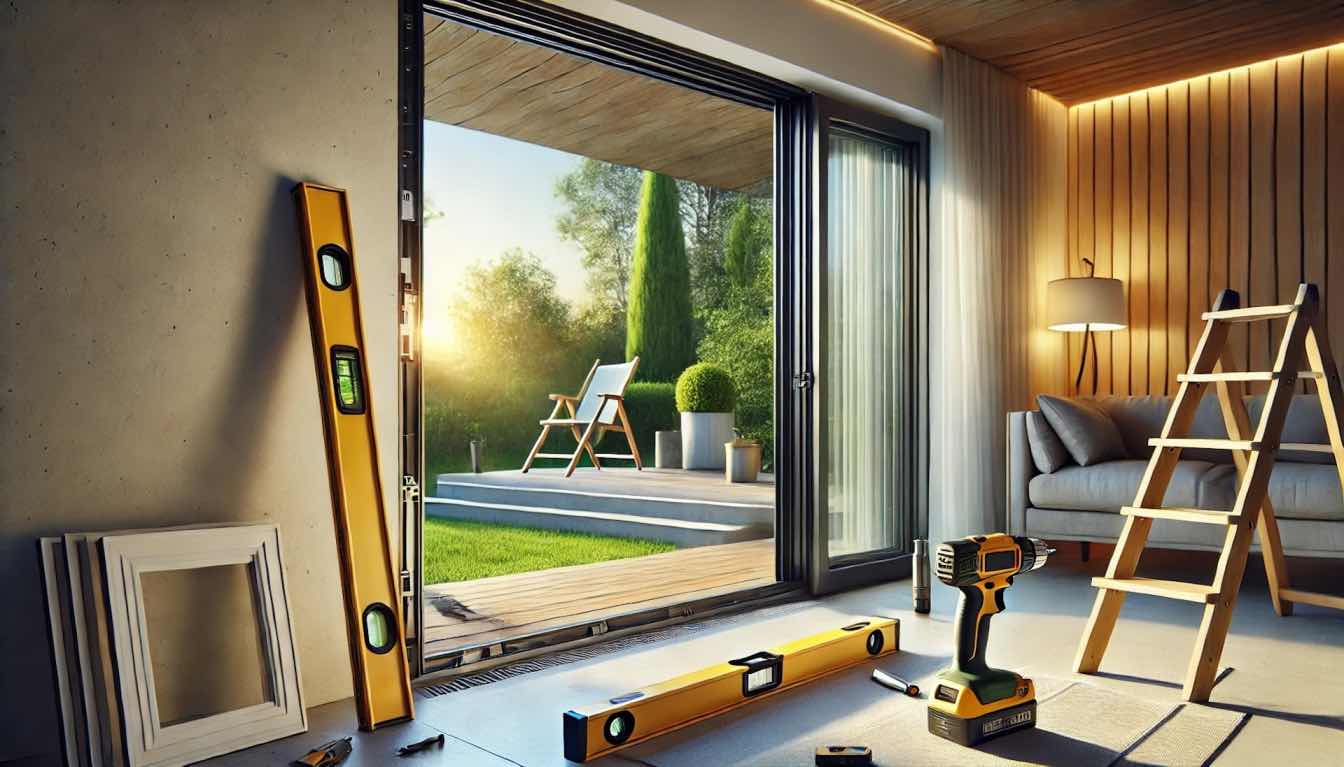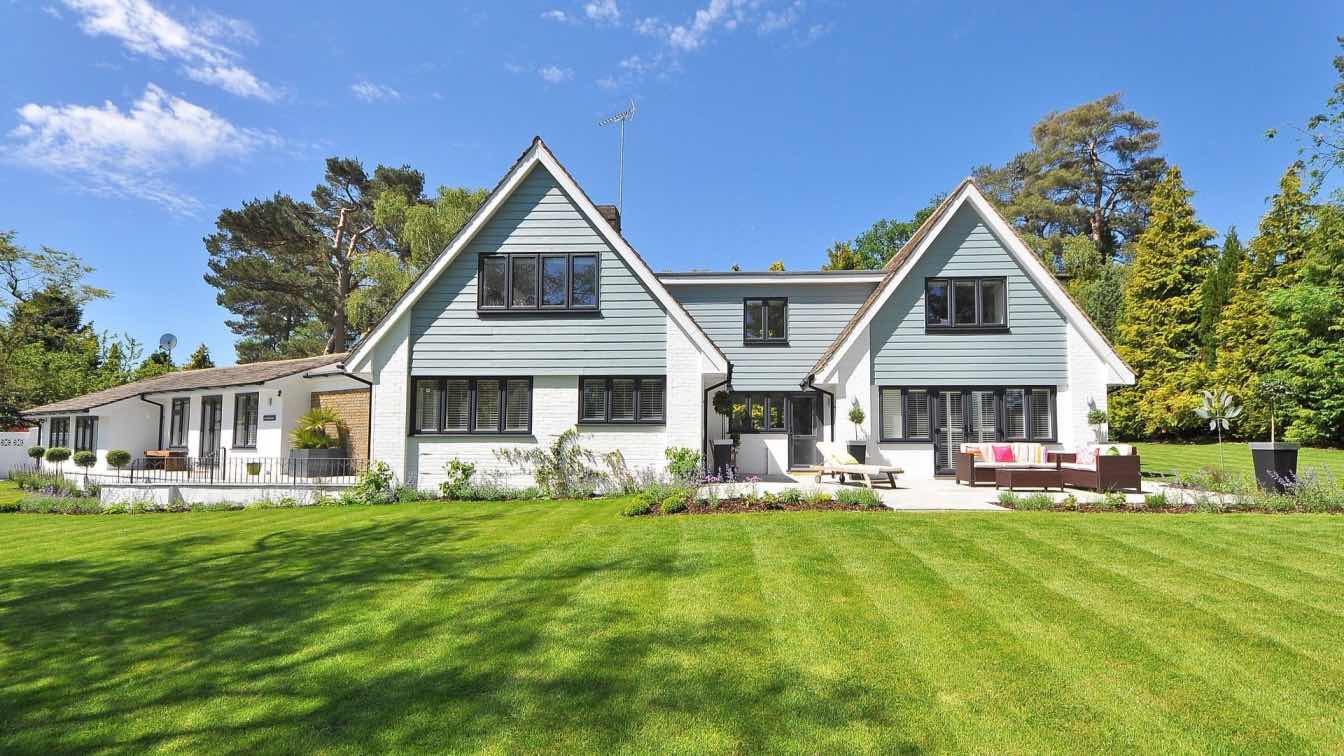Creating a home that balances safety with savings is a priority for many homeowners, especially in areas where strong storms and rising energy costs intersect. A well-protected house doesn't have to come at the expense of efficiency. With some targeted changes and smart investments, you can reduce utility bills while increasing resilience against unpredictable weather.
Storm-proofing and energy-saving efforts often align. By sealing leaks, reinforcing structures, and choosing materials built for performance, households can enjoy year-round comfort without overextending their budgets. These improvements bring peace of mind and long-term financial benefits.
Seal Air Leaks and Improve Insulation
The first step in creating a more efficient and storm-ready home involves preventing unwanted air exchange. Gaps around doors, windows, and vents allow conditioned air to escape and external air to enter, raising energy use and reducing indoor comfort.
Weatherstripping doors and caulking around windows can dramatically reduce drafts. For older homes, replacing worn-out insulation in attics and walls can provide a noticeable improvement. Areas like crawl spaces and garages are often overlooked but contribute significantly to heat loss.
Modern insulation materials offer dual benefits: they keep the house cooler in summer and warmer in winter, while adding a layer of sound protection. These upgrades are cost-effective and often eligible for local energy efficiency rebates or tax incentives.
Upgrade to Energy-Efficient Roofing Materials
Roofing plays a major role in managing internal temperatures. Traditional shingles absorb and retain heat, leading to higher cooling costs. Upgrading to reflective or cool roofing options can deflect solar energy, lowering attic temperatures and easing the load on air conditioning systems.
In regions with frequent storms, metal roofing or high-impact shingles offer additional protection. These materials resist wind uplift and flying debris far better than conventional options. Combining efficiency and durability ensures that one of your largest home surfaces is working smarter and holding up under pressure.
Some roofing systems include integrated ventilation to promote airflow and moisture control, which helps prevent mold growth and maintains the integrity of attic insulation.
Choose Smart Windows With Strength and Savings
Windows are critical to both energy use and structural resilience. Low-quality or single-pane windows allow heat transfer and pose a significant risk during hurricanes or strong storms. Double- or triple-pane glass with low-E coatings can minimize heat gain and loss, improving energy performance.
Impact-rated glass is designed to resist breakage from debris and high winds. It eliminates the need for storm shutters while providing security, noise reduction, and UV protection. For homes in hurricane-prone areas, these benefits are hard to ignore. And many Florida homeowners, for example, are opting for impact windows in Miami to combine efficiency with protection. These windows meet regional building codes and are tailored to withstand extreme conditions. They allow light and visibility while strengthening the home’s envelope.
Selecting the right frame material, such as vinyl, fiberglass, or thermally broken aluminum, further enhances performance. The right windows act as both a barrier and a buffer, improving your living experience regardless of the weather forecast.
Reinforce Entry Points and Garage Doors
Doors and garage access points are common entryways for both energy loss and storm damage. Weak or hollow-core doors often warp or fail during extreme weather, and traditional garage doors may collapse under pressure without proper bracing.
Solid-core or storm-rated doors provide better insulation and structural strength. Many include multipoint locking systems that increase security. Sealing thresholds and adding door sweeps help block drafts and water intrusion.
For garages, installing wind-rated doors with steel reinforcement can protect one of the home’s most vulnerable spots. Garage doors that fail during storms can create sudden pressure changes that damage roofs or walls. Upgrading them improves both safety and energy containment.
Optimize Heating and Cooling Systems
Heating and cooling account for a large percentage of household energy consumption. If your HVAC system is outdated or undersized, it will struggle to maintain temperature and may contribute to higher bills without offering consistent comfort.
Regular maintenance, including filter changes and duct cleaning, improves airflow and extends equipment life. Smart thermostats allow homeowners to program temperature changes based on occupancy, reducing waste and adapting to lifestyle needs.
Replacing inefficient units with ENERGY STAR-certified models provides significant savings and better performance. When paired with sealed ductwork and smart zoning, the system can manage energy use more precisely while keeping each room at an optimal temperature.
Add Storm Drainage and Gutter Solutions
While they may not seem connected to energy use, water management features help protect your home’s foundation and insulation. Clogged or broken gutters can lead to water infiltration, weakening walls, damaging insulation, and creating areas of moisture buildup that strain HVAC systems.
Installing seamless gutters with debris guards and redirecting runoff away from the foundation keeps the structure dry. Downspout extensions and French drains can prevent pooling that undermines your landscaping and basement walls.
Keeping your home dry protects its thermal envelope and prevents costly repairs, making this a key part of stormproofing with indirect energy benefits.
Building a home that stands up to storms while trimming energy bills requires a mix of strong materials, thoughtful design, and strategic upgrades. From sealed windows to reinforced garage doors and smart lighting systems, every decision adds up to improved comfort, reduced expenses, and greater confidence when the weather turns unpredictable.





